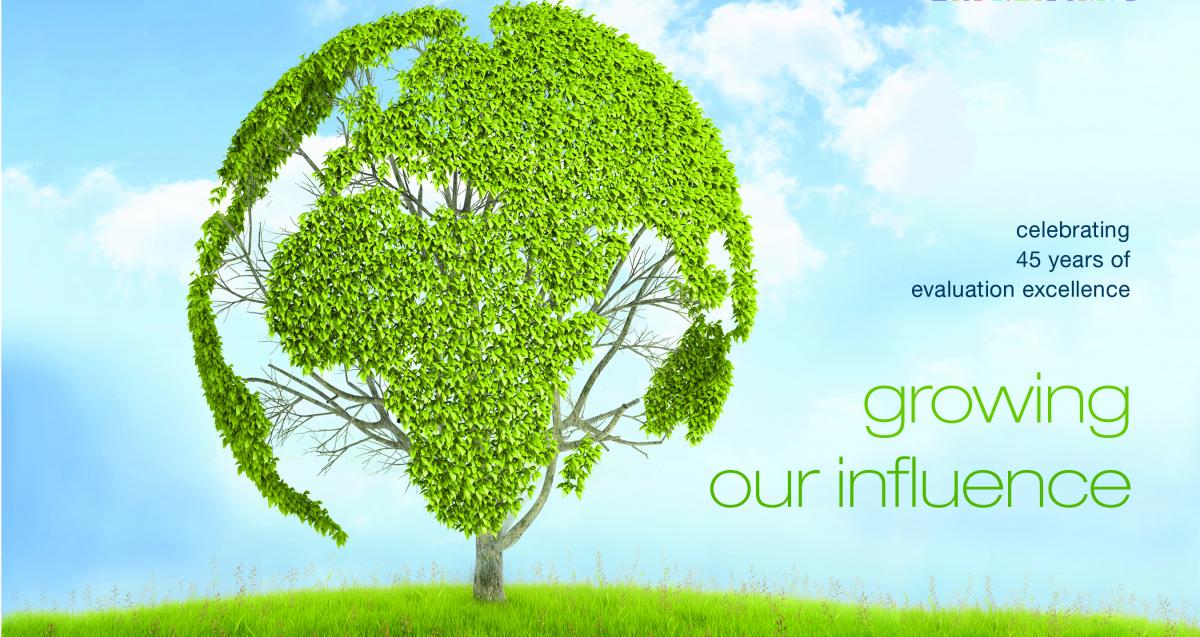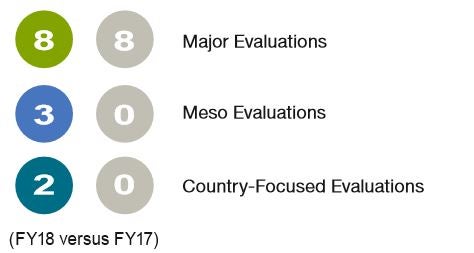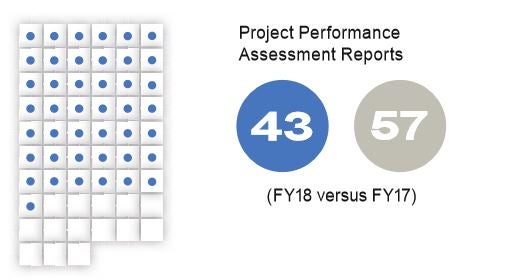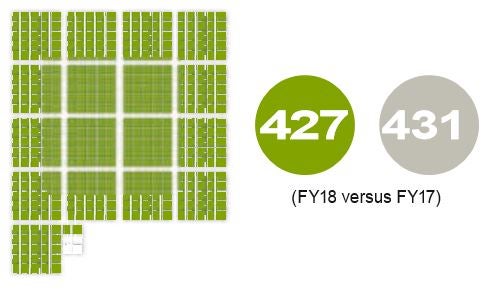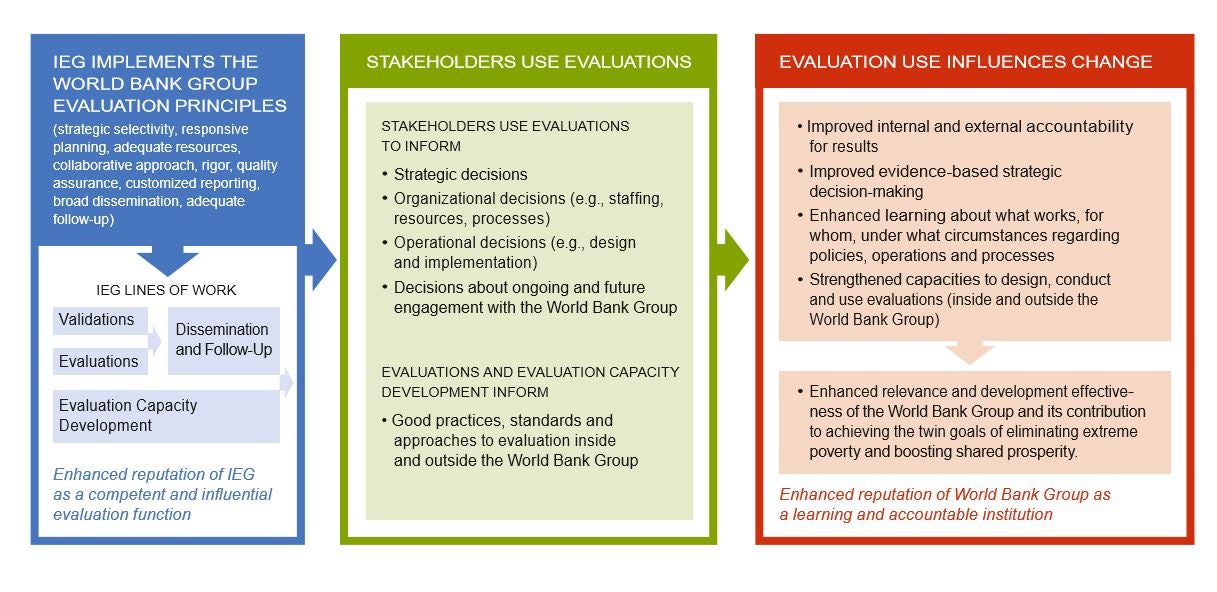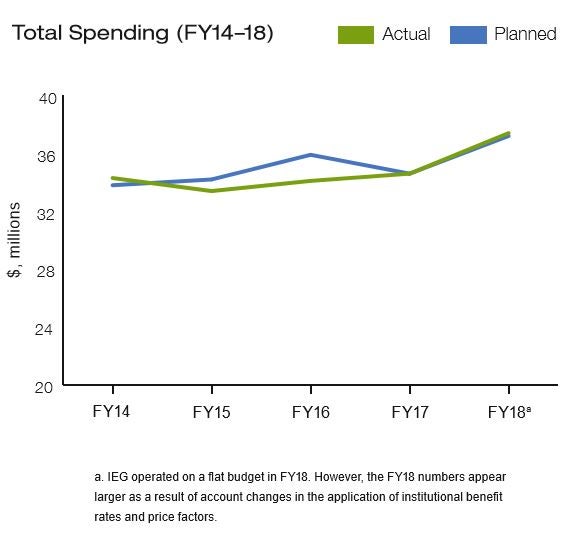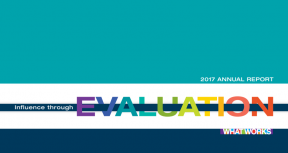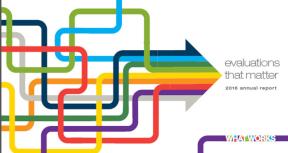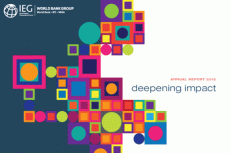Amplifying IEG’s Effectiveness
IEG seeks to employ the most rigorous and accepted methods in evaluation while pioneering approaches and learning from experience. The Bank Group and IEG have undergone a series of reforms to improve evaluations and their implementation.
New Results Framework
IEG adheres to a multilayered quality assurance model, which includes in-depth review of intermediate and final evaluation products by internal (IEG) and external peers. A Methods Advisory Function was established in fiscal year (FY)16 to promote internal knowledge sharing on evaluation design issues and methodological innovation.
This fiscal year, the Bank Group introduced a Bank Group–wide evaluation framework, which reiterated the independence of IEG and made explicit our dual mandate of promoting accountability and fostering learning. IEG’s new Results Framework aligns with the World Bank Group’s evaluation framework and the revised IEG mandate.
IEG's Theory of Change
IEG has developed a theory of change to clarify how evaluation contributes to the Bank Group’s development effectiveness by fostering learning, accountability for results, and evidence-based decision making. The theory of change has its basis in IEG’s mandate, and maps the causal linkages between its major functions, its primary activities and corresponding key outputs to the potential direct outcomes (for example, outreach and behavioral influence among key target audiences), indirect outcomes (for example, on the Bank Group’s learning and accountability processes) and, finally, the causal linkages with the Bank Group’s two corporate goals.
Deepening Influence and Expanding Outreach
In FY18, IEG pursued growing its influence in several arenas. The first was to increase Bank Group stakeholder buy-in, the second to perform in-depth analysis of the uptake of IEG’s recommendations, and the third to share learning through Learning Engagements.
Stakeholder Buy-in
IEG continued to pilot different engagement mechanisms to increase ownership of evaluation findings and recommendations.
In addition, IEG piloted deep dives into the recommendations of selected past evaluations. These analyses allowed a greater engagement with Bank Group management to discuss systemic issues that explain the lack of appropriate follow-up actions. The 2017 RAP also analyzed the relationship between IEG’s recommendations, management’s action plans, and actions taken. Findings indicated that action plans do not always align with the intent of the recommendations, leaving issues unaddressed even when management fulfills its action plan. The Board subsequently requested that IEG and management pursue further reforms that will lead to better uptake and follow-through on evaluation recommendations.
Learning Engagements
IEG continued piloting Learning Engagements in FY18 and approved 13 new proposals prepared and implemented in collaboration with a range of Bank Group operational and corporate teams. The resources earmarked for this pilot product were fully allocated. Topics included gender in evaluation, cosponsored by the Gender cross-cutting solution area; strengthening country engagement practices, cosponsored by Operations Policy and Country Services; and the results framework and indicators for improved service delivery in the water supply and sanitation sector, cosponsored by the Water Global Practice.
Feedback shows high demand for the continuation of this product line among Bank Group cosponsors and within IEG. On this basis, IEG suggested mainstreaming Learning Engagements. This has been seconded by the Board and World Bank Group management.
A New Outreach Strategy
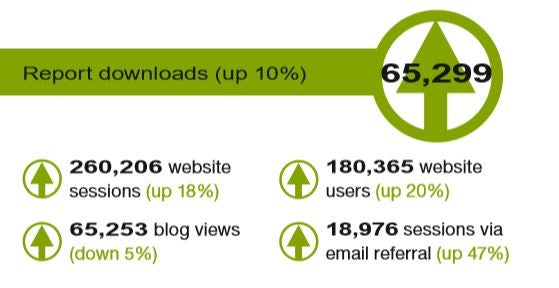
To this end, IEG continued to invest in growing its online presence through its website and social media. In FY18, IEG’s website received a significantly higher number of users than it did in the previous year (up 19.7 percent). IEG also produced several derivative products to make its findings more accessible and digestible for key stakeholders.


